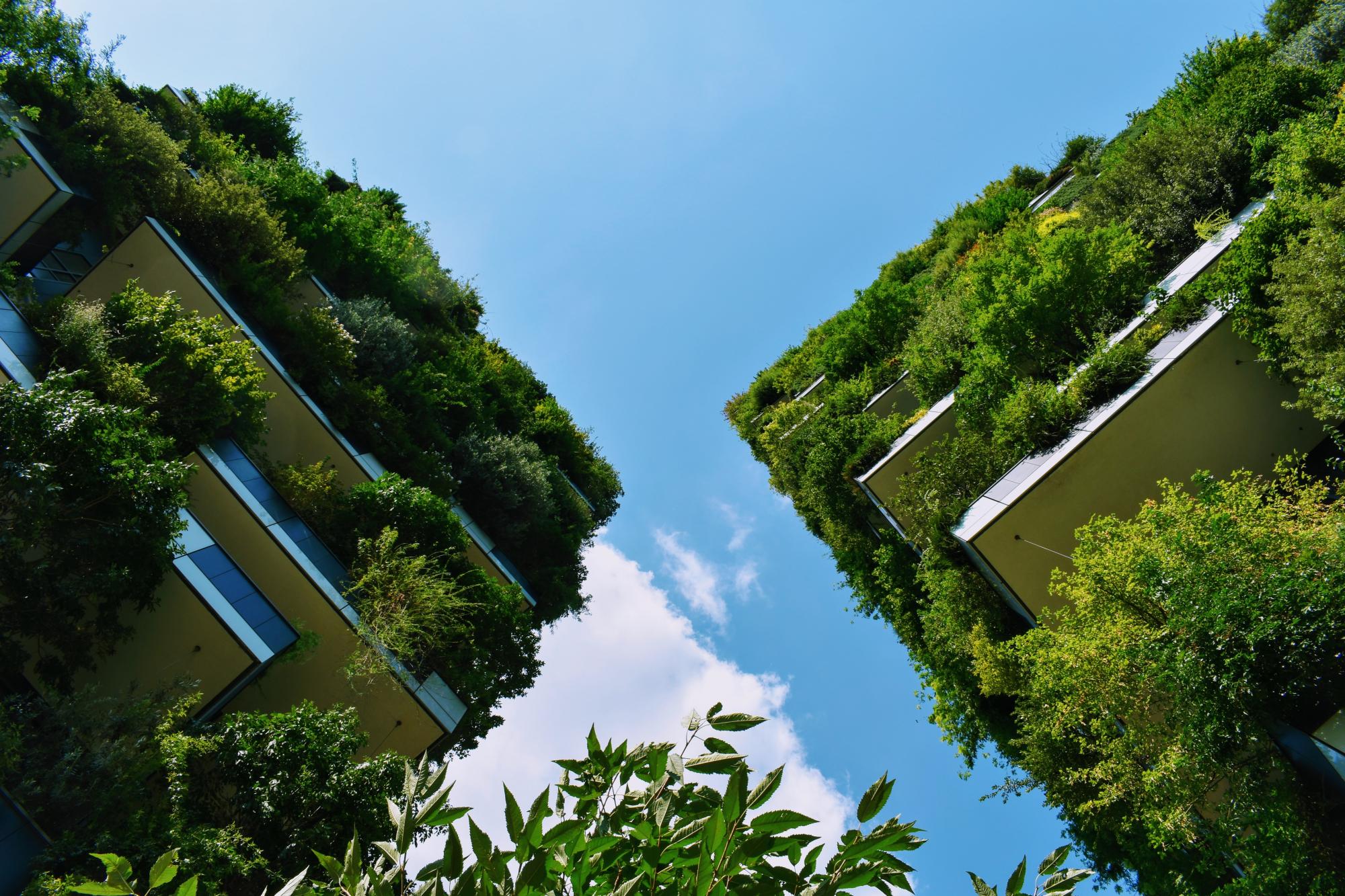"Formerly a 10 hectare market gardening site, the Repainville area is rich in environmental potential: ponds, streams, springs ... the aquatic environment is present everywhere. There is a great variety of fauna and flora. As an ecosystem that is particularly rare in urban areas, protection and recovery measures are being undertaken" (Ref. 1). The restoration of the wetland of Repainville is part of a flagship project of the municipality in terms of safeguarding biodiversity in urban areas. With arrangements allowing the public to walk there without harming the biological and natural diversity of the place, the site has an educational dimension in order in particular to make young audiences aware of the preservation of the ecosystem (Ref. 7).
Overview
Nature-based solution
- Blue infrastructure
- Lakes/ponds
- In-land wetlands, peatlands, swamps, and moors
- Community gardens and allotments
- Allotments
- Community gardens
- Grey infrastructure featuring greens
- Railroad bank and track greens
- Nature on buildings (external)
- Green walls or facades
- Parks and urban forests
- Large urban parks or forests
Key challenges
- Climate action for adaptation, resilience and mitigation (SDG 13)
- Climate change adaptation
- Environmental quality
- Soil quality improvement
- Air quality improvement
- Waste management
- Noise reduction
- Green space, habitats and biodiversity (SDG 15)
- Habitat and biodiversity restoration
- Habitat and biodiversity conservation
- Water management (SDG 6)
- Improvements to water quality
- Cultural heritage and cultural diversity
- Preservation of natural heritage
- Health and well-being (SDG 3)
- Enabling opportunities for physical activity
- Creation of opportunities for recreation
- Inclusive and effective governance (SDG 16)
- Inclusive governance
- Social justice, cohesion and equity (SDG 10)
- Social interaction
- Environmental education
- Economic development and employment (SDG 8)
- Economic development: agriculture
- Sustainable consumption and production (SDG 12)
- Sustainable consumption
- Sustainable production
Focus
Project objectives
Implementation activities
Climate-focused activities
Climate change adaptation:
- Restore wetlands and/or coastal ecosystems to dissipate the effects of flooding and/or storms
Biodiversity conservation or restoration-focused activities
Biodiversity conservation:
- Protect and enhance urban habitats
- Preserve and strengthen existing habitats and ecosystems
- Promote environmentally-sound development in and around protected areas
- Reduce negative impacts and avoid the alteration/damage of ecosystem
- Protect species
- Undertake specific measures to protect species
- Undertake specific measures to protect native species
- Control and clean invasive alien species
- Means for conservation governance
- Raise public awareness
- Create and use scientific knowledge for conservation
Biodiversity restoration:
- Restore species (native, endangered, or unspecified)
- Clear and control invasive alien species
- Restore ecological connectivity
- Other
Main beneficiaries
- Local government/Municipality
- Non-government organisation/Civil Society
- Citizens or community groups
- Food producers and cultivators (i.e. farmers, gardeners)
- Marginalized groups: People with functional diversities
Governance
Management set-up
- Co-governance with government and non-government actors
Type of initiating organisation
- Local government/municipality
- Non-government organisation/civil society
- District/neighbourhood association
- Citizens or community group
Participatory approaches/ community involvement
- Co-planning (e.g. stakeholder workshops, focus groups, participatory mapping)
- Dissemination of information and education
- Consultation (e.g. workshop, surveys, community meetings, town halls)
- Co-management/Joint management
- Citizen oversight (e.g. boards, advisory)
- Citizen monitoring and review
Details on the roles of the organisations involved in the project
Project implemented in response to ...
Financing
Total cost
Source(s) of funding
- Public local authority budget
- Public regional budget
Type of funding
- Earmarked public budget
Non-financial contribution
Impacts and Monitoring
Environmental impacts
- Climate change
- Lowered local temperature
- Enhanced carbon sequestration
- Environmental quality
- Improved air quality
- Improved waste management
- Reduced noise exposure
- Improved soil quality
- Water management and blue areas
- Improved water quality
- Enhanced protection and restoration of freshwater ecosystems
- Green space and habitat
- Increase in protected green space areas
- Increased number of protection areas
- Increased conservation or restoration of ecosystems
- Increased conversion of degraded land or soil
- Reduced biodiversity loss
- Increased protection of threatened species
- Improved prevention or control of invasive alien species
Economic impacts
- Increase in agricultural production (for profit or not)
Socio-cultural impacts
- Social justice and cohesion
- Improved access to urban green space
- Increased involvement of locals in the management of green spaces
- Increased access to healthy/affordable food
- Increased sustainability of agriculture practices
- Health and wellbeing
- Gain in activities for recreation and exercise
- Cultural heritage and sense of place
- Improvement in people’s connection to nature
- Protection of natural heritage
- Protection of historic and cultural landscape / infrastructure
- Education
- Increased support for education and scientific research
- Increased knowledge of locals about local nature
- Other
Type of reported impacts
Presence of formal monitoring system
Presence of indicators used in reporting
Presence of monitoring/ evaluation reports
Availability of a web-based monitoring tool
References
2. Décidons Rouen (2016). "Repainville : au cœur de la coélaboration d’un projet". Available at: Source link (Accessed: August 24, 2020).
3. Rouen Ensemble (n.d). "Atelier Urbain de Proximité - Repainville". Available at: Source link (Accessed: August 24, 2020).
4. Ville de Rouen (2013). "Zone naturelle de Repainville: Etudes et Perspectives". Available at: Source link (Accessed: August 24, 2020).
5. Bruet, Céline (2015). "À l’est de Rouen, Repainville doit devenir un parc naturel urbain". Available at: Source link (Accessed: August 24, 2020).
6. Ville de Rouen (2015). " Agenda 21 Local de la ville de Rouen". Available at: Source link (Accessed: August 24, 2020).
7. Rouen Normandie Tourism and Congress (n.d.). "Parcours de découverte de Repainville". Available at: Source link (Accessed: August 24, 2020).
8. Hubard, Christophe (2017). "Rouen : le projet de parc naturel urbain de Repainville avance pas à pas". Available at: Source link (Accessed: August 24, 2020).
9. Ville de Rouen (n.d). "Parc Environnemental Urbain de Repainville". Available at: Source link (Accessed: August 24, 2020).


